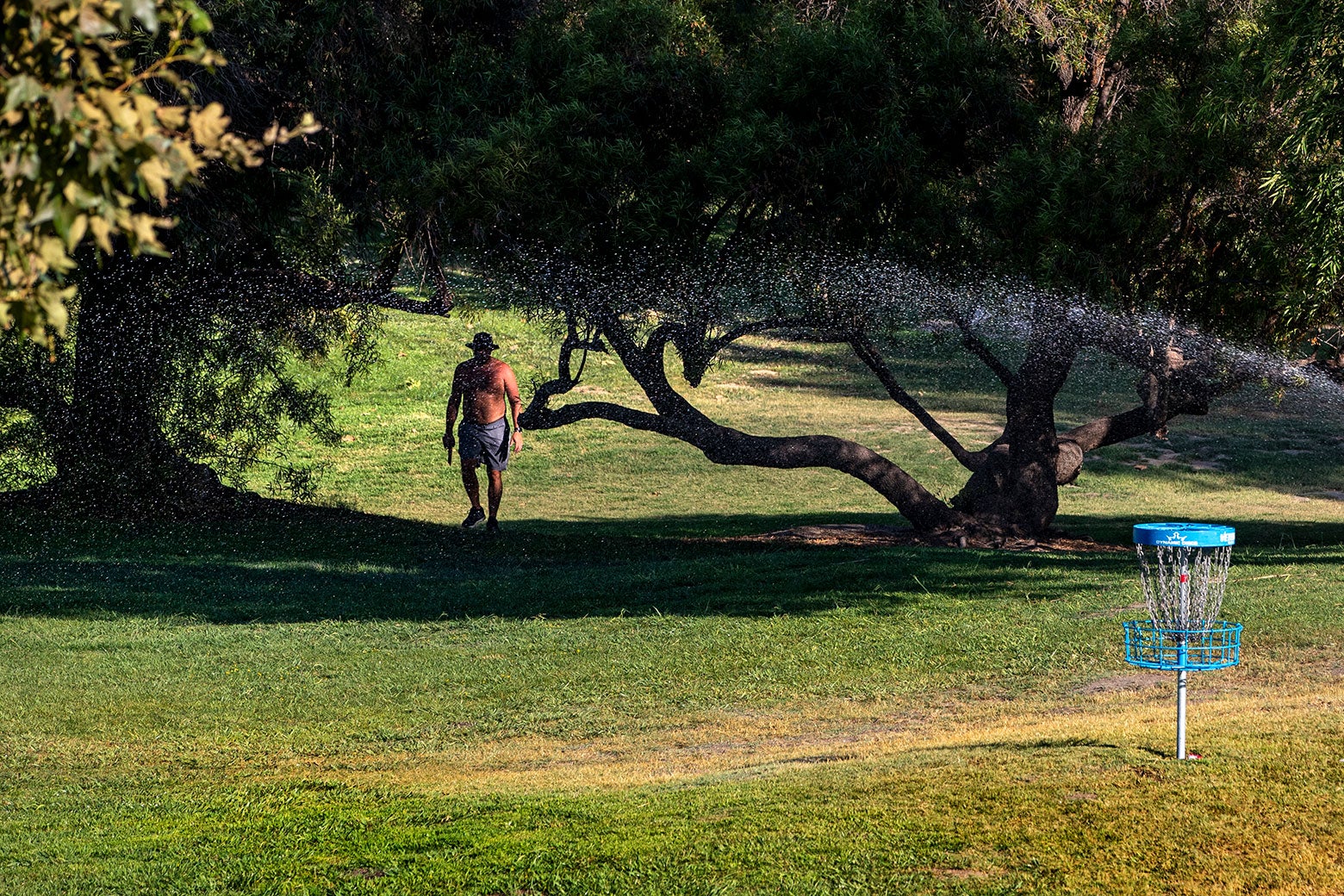
"With its canopy of interlocking elms, this promenade kept New Yorkers cool in the summer, but let them bask in the winter sun during the colder months."
"Shading our sunniest neighborhoods would require planting 30 million trees. We are confronting a serious shade shortage."
"Much of it is by design. Trees have been banished from our roadways as just another 'immovable fixed object' that poses a danger to drivers."
"Cities should embrace the shade cast by tall buildings. Skyscrapers are something like the opposite of Manhattan's elms."
Urban areas in the U.S. suffer from a serious shortage of shade, with only a few trees on city streets despite rising temperatures due to climate change. A new National Shade Map shows stark disparities in shade availability between neighborhoods. Regulatory measures have led to the removal of trees and restricted canopy-increasing structures, resulting in temperature differences of up to 30 degrees. A new perspective by Sam Bloch argues for leveraging the shade from tall buildings, presenting a contrasting idea to traditional park-style shade.
Read at Slate Magazine
Unable to calculate read time
Collection
[
|
...
]